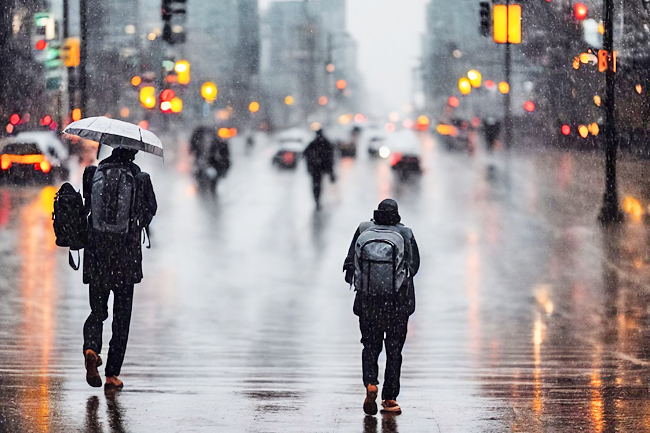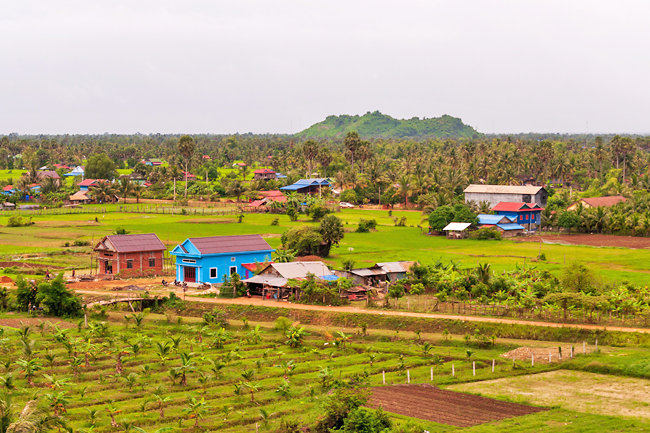AFP – Urban residents often lament poor weather, and a study published in the journal PNAS validates their concerns.
Researchers from the Universities of Texas and Georgia found that many cities worldwide experience more precipitation than their rural surroundings.
Analysing rainfall data from 1,056 cities and nearby areas between 2001 and 2020, they discovered that 63 per cent of these urban centers are more prone to rainfall than the countryside around them.
In some cases, the difference is striking. For example, an average of 127 millimetre (mm) more rain falls in Houston (US) than in the surrounding countryside.
The same phenomenon can be observed in Ho Chi Minh City (Vietnam) and Sydney (Australia), where more than 100mm more rain falls per year than in the surrounding area. This makes these two cities “urban wet islands”.
The opposite pattern can be observed in other global metropolises. In Seattle (US) and Rio de Janeiro (Brazil), for example, it rains much less than in the surrounding area, making them “dry islands”. Generally speaking, scientists have found that “urban dry islands” are cities located in plains or valleys. The surrounding mountains would expose them less to precipitation.
But on a global scale, most large cities are urban wet islands. Professor of Geology at the University of Texas and co-author of the study Zong-Liang Yang argued that the design of urban space has a significant impact on this meteorological phenomenon.
“The buildings further enhance (the convergence of air toward city centres) by slowing the winds, resulting in a stronger upward motion of air. This upward motion promotes the condensation of water vapour and cloud formation, which are critical conditions for producing rainfall and precipitation,” he explained in a press release.
Population density also influences the amount of precipitation recorded in cities. This is because large populations generally create denser, more extensive urban areas, which produce more greenhouse gas emissions. This, in turn, disrupts the water cycle and increases the potential for heavy precipitation.
“If the local climate is hotter, if it’s wetter, then it may have a larger rainfall anomaly compared to the cities in cooler, drier places,” pointed out co-author of the study Xinxin Sui in the same press release.
Climatologists have long known that cities can concentrate precipitation. But this study is the first to show that this is a global phenomenon. In future, urban planners could use the findings of this research to design cities differently, and better prepare them for the consequences of climate change.






